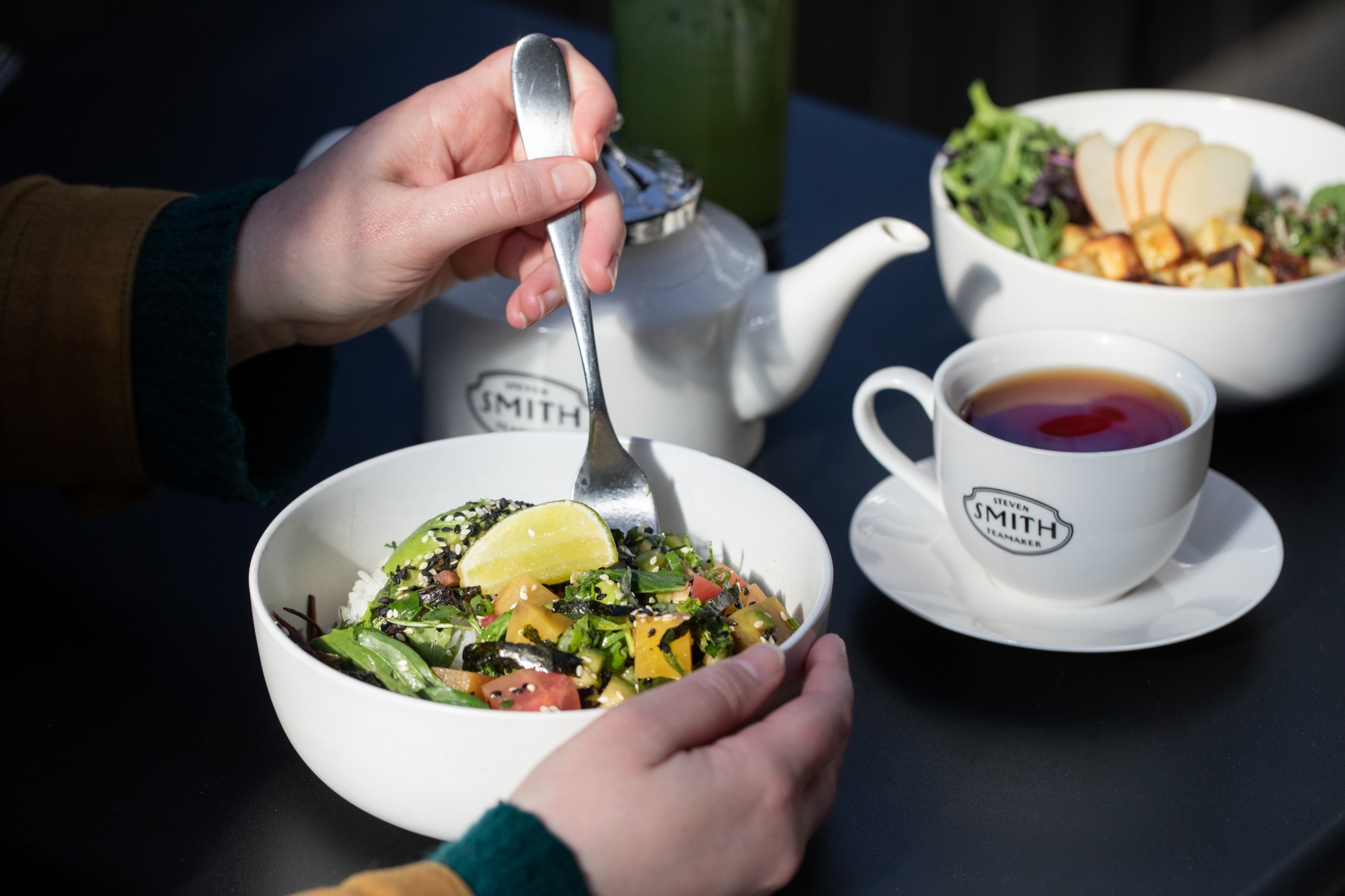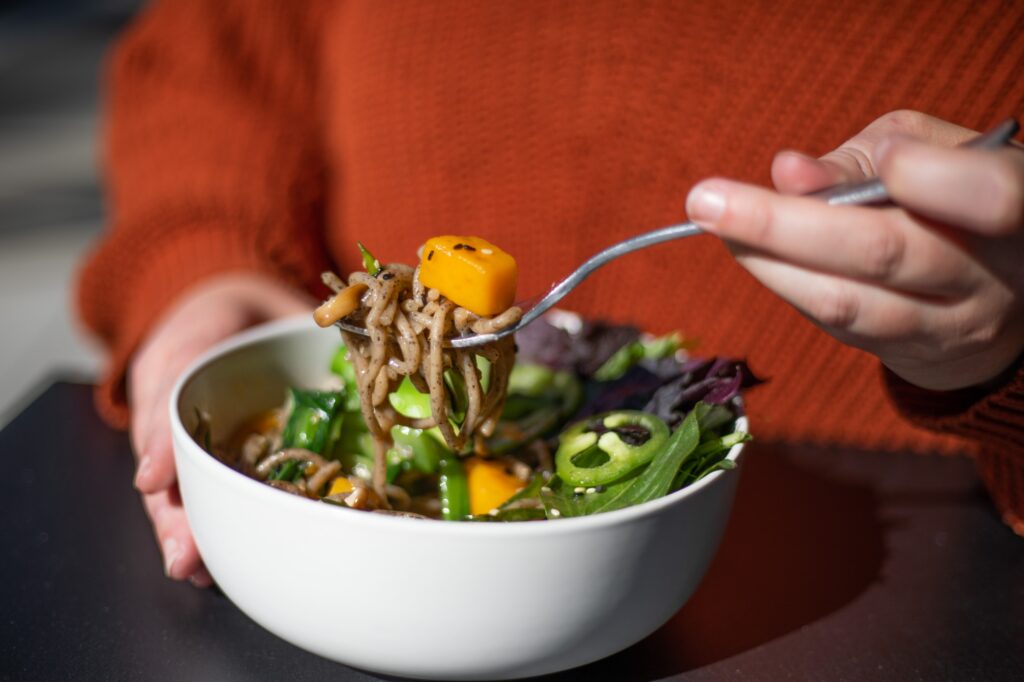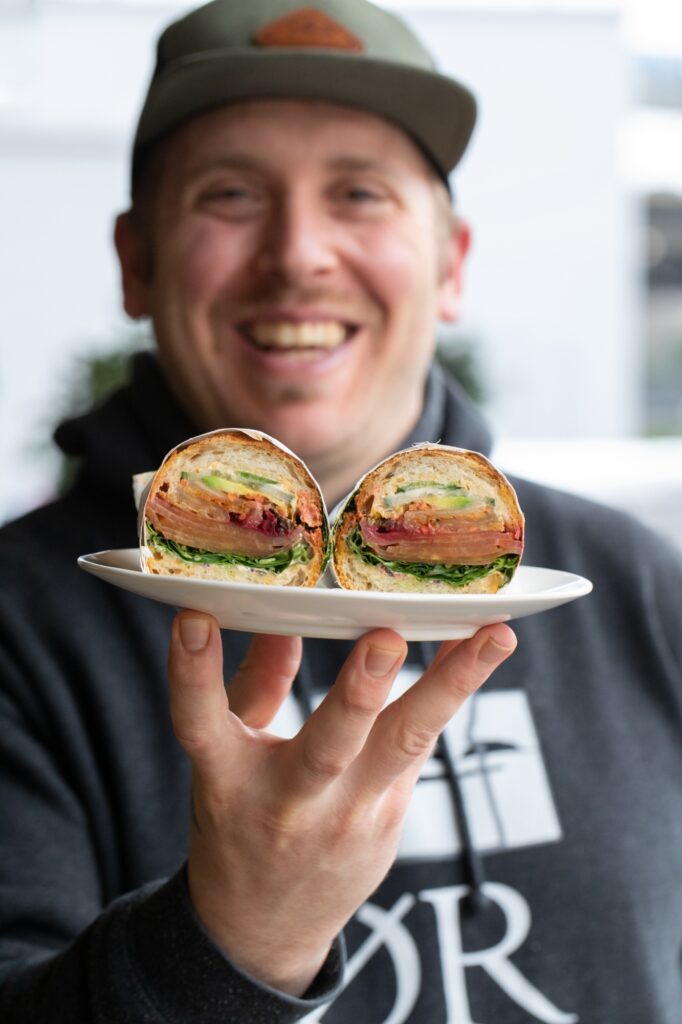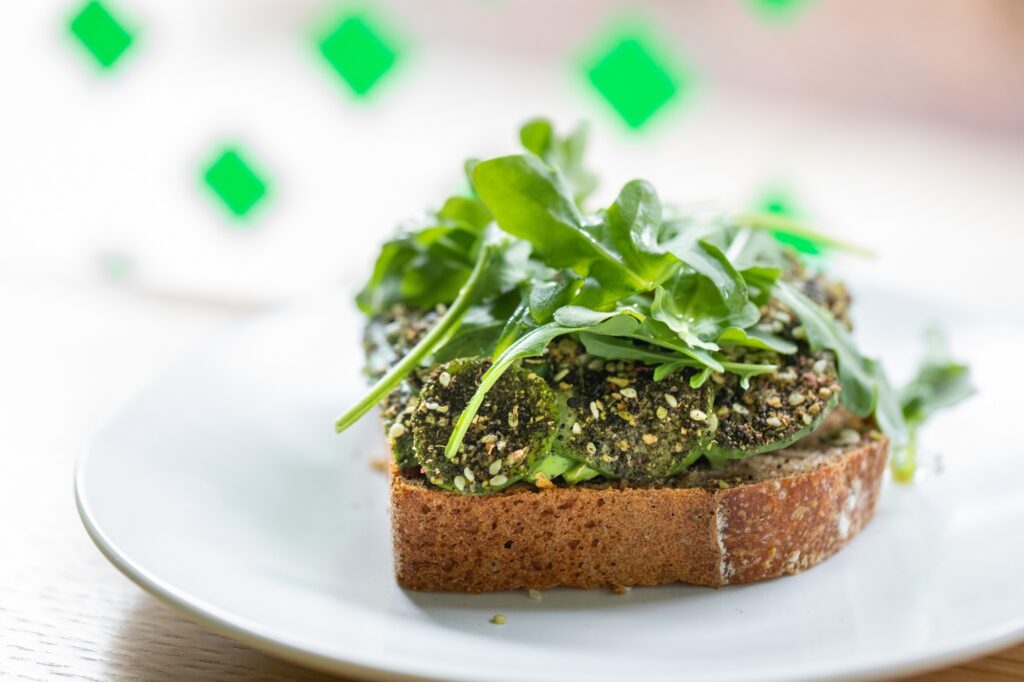Karl Holl hopes to inspire people to view tea as more than a beverage.
Some tea is meant to be drunk, while other teas can be used to enhance sweet and savory dishes. Cooking with tea goes far beyond matcha-icing cupcakes, chai-infused cookies, or Earl Grey ice cream. From jasmine to oolong, tea can be used in baked goods, broths, marinades, and spices. At Smith Teamakers café, a year-old vegetarian restaurant in Portland, OR, Culinary Director Karl Holl, Portland Monthly Magazine’s 2018 Chef of the Year, created a menu that uses tea in every single dish.
“I’ve always had a deep appreciation for ingredients, so when I approached tea as an ingredient in my pantry versus a beverage, it all clicked,” Holl says. “I didn’t think much of tea until I did my first tea tasting with Smith’s. It was like a light bulb went off. I was blown away.” Holl began considering teas as a library of flavor, inspiring him to develop a food program rooted in using tea as an ingredient.
Tea as an Ingredient
Any tea can be used for cooking — even from the tea bags in your cupboard. “Every tea has its place in a culinary capacity. It’s all about applying it in a way that makes sense,” Holl says. Tea won’t completely change the profile of the dish. Use it to lightly season or infuse with flavor.
Holl started using tea as an aromatic. “Many classic preparations of food rely on aromatics. I lean on the techniques, but instead of using herbs or spices, I use tea,” he says. “Tea is a delicate ingredient, so I’m always delicate when cooking with it. Think of tea as an accent, like a seasoning. Start with a small amount and then build to taste,” he says.
A common mistake when cooking with tea is over-steeping or using too much. “Start with a little and work your way up like a spice. Follow steeping guides — three minutes for green and five for black/herbal teas. If the tea doesn’t come through enough, lengthen the time. If you over-steep, it can impart bitter notes,” Holl says.
A Menu of Tea-Infused Dishes
What excites Holl is using all different facets of tea to impart flavor and how he can push the boundaries of how people see tea. Holl uses tea the way chefs use spices. He blends chai into powder for hazelnut chocolate granola, roasts beets in jasmine tea for beet poke, soaks overnight oats in breakfast tea, plumps raisins with cinnamon tea, weaves chamomile tea into compound butter, ferments whole spent tea leaves for kimchi, and grinds turmeric tea in a spice grinder then blends it into noodles.
Infusing tea into jam is a simple place to start. “Earl Grey and berries are a match made in heaven. It adds a citrus and floral element to the jam,” Holl says. Cook the fruit down with cane sugar. In the last 20 minutes steep in tea in a metal strainer.
One of the easiest swaps to make is to use tea instead of water for steaming vegetables or cooking lentils. Holl cooks quinoa in sencha green tea. “I love working with the beautiful green briny flavor. It lightly perfumes the quinoa to take on a more savory flavor,” he says.
Lately, his favorite thing has been brining things in tea. “I’m constantly inspired by Zheng Shan,” he says, referencing a smoked black tea from China. “We’re brining mushrooms in it for the Banh Mi. Brining is a really powerful way to impart flavor from tea into ingredients. I like the smokiness this tea lends to an ingredient without having to grill it,” Holl says.
Make your tea blend by pulling tea to the consistency of ground spice and then incorporate salt and pepper. The “Peppermint Everything Spice” sells out daily and is used to season avocado toast. “Once people try it, they walk away having that same ah-ha moment I did.”
Photos by Alan Weiner.



















